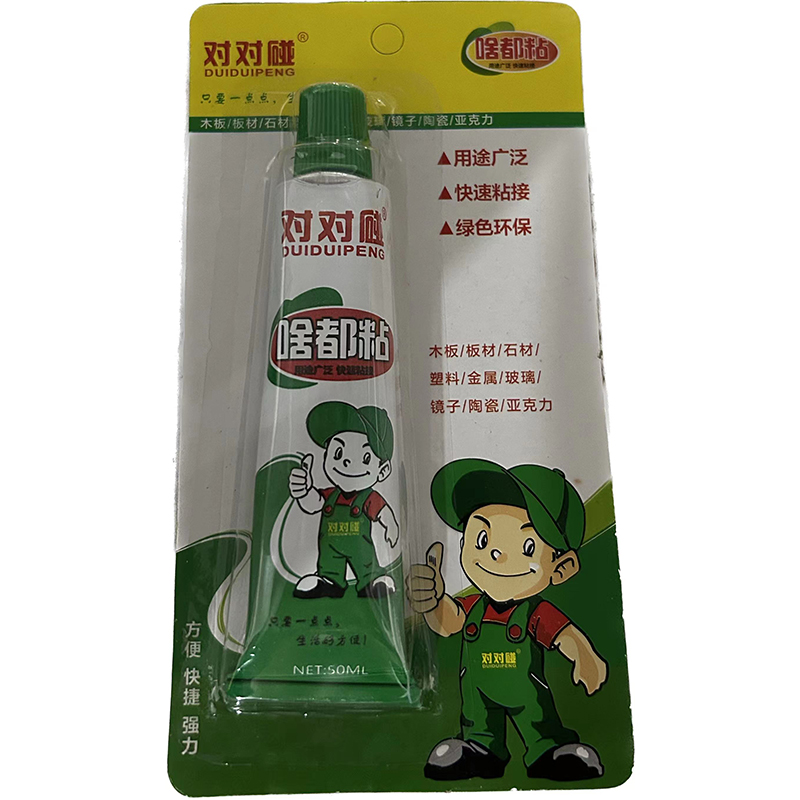Everything is viscose
It sounds like you might be referring to products or items made from viscose, a type of rayon fabric. Viscose is a popular material in the textile industry due to its softness, drape, and versatility. Here's an overview of viscose fabric and its applications:
What is Viscose?
- Material: Viscose is a type of rayon made from regenerated cellulose, usually derived from wood pulp or bamboo. It is considered a semi-synthetic fiber.
- Properties: It is known for its silk-like feel, breathability, and absorbency. Viscose has a smooth texture and can mimic the look and feel of natural fibers like silk or cotton.
Common Uses of Viscose:
- Clothing:
- Shirts and Blouses: Due to its soft and breathable nature, viscose is often used for making lightweight shirts and blouses.
- Dresses and Skirts: Its drape and flow make it ideal for garments like dresses and skirts that require a good fall and movement.
- Lingerie: The smooth texture of viscose is also used in lingerie and sleepwear.
- Home Textiles:
- Curtains and Upholstery: Viscose is used in home furnishings such as curtains and upholstery due to its elegant appearance and softness.
- Bed Linens: It is sometimes used in bed linens, including sheets and pillowcases, for a soft and comfortable feel.
- Accessories:
- Scarves and Shawls: The fabric's softness and sheen make it a popular choice for scarves, shawls, and other fashion accessories.
Care Instructions:
- Washing:
- Hand Wash or Delicate Cycle: To maintain its appearance and texture, viscose should be hand-washed or washed on a delicate cycle in cold water.
- Avoid Bleach: Do not use bleach or strong detergents as they can damage the fibers.
- Drying:
- Air Dry: It is best to air-dry viscose garments by laying them flat or hanging them to dry. Avoid wringing or twisting the fabric as it can cause stretching.
- Avoid Direct Sunlight: Dry away from direct sunlight to prevent fading.
- Ironing:
- Low Heat: Iron viscose garments on a low heat setting while they are still slightly damp to avoid burning or damaging the fabric.
Advantages of Viscose:
- Soft and Comfortable: Provides a silky feel and smooth texture, making it comfortable to wear.
- Breathable and Absorbent: Good for warm weather as it allows air to flow and absorbs moisture.
- Versatile: Can be blended with other fibers to enhance properties such as durability or stretch.
Disadvantages of Viscose:
- Water Sensitivity: Viscose can lose its strength when wet, making it prone to stretching or shrinking if not handled carefully.
- Wrinkles Easily: It tends to wrinkle more easily than some other fabrics, which might require more frequent ironing.
Viscose is a versatile and attractive fabric that adds a touch of luxury to both clothing and home textiles. Proper care is essential to maintain its appearance and longevity.
| Brand | CC Brand |




